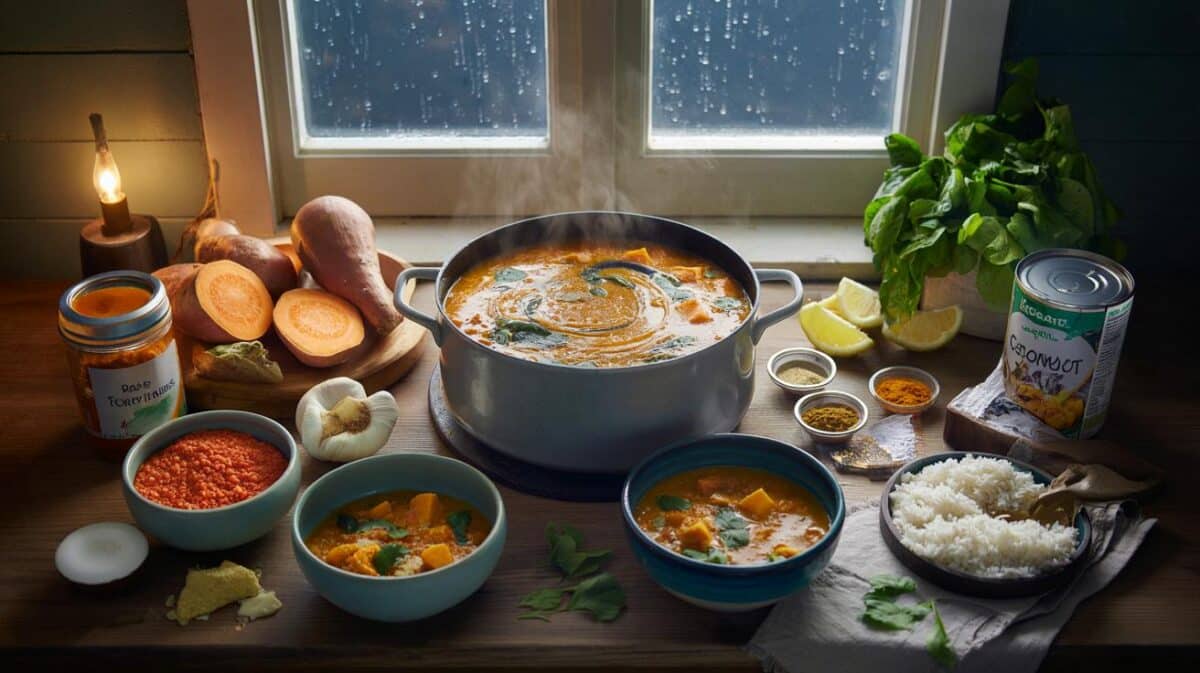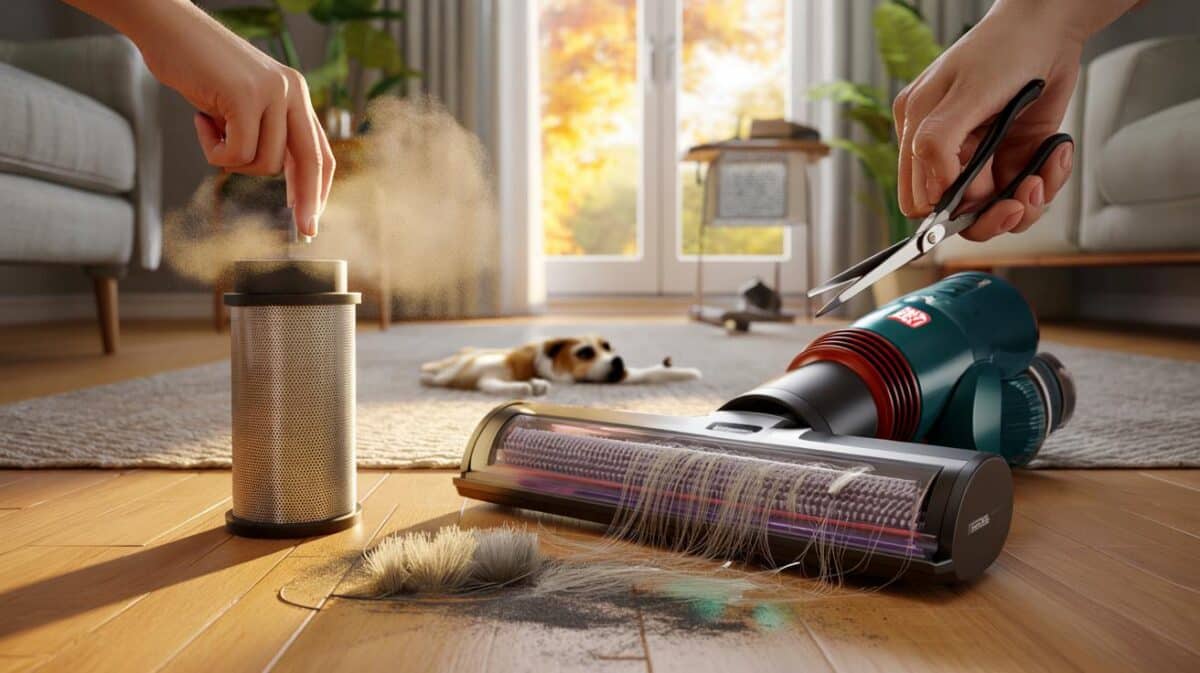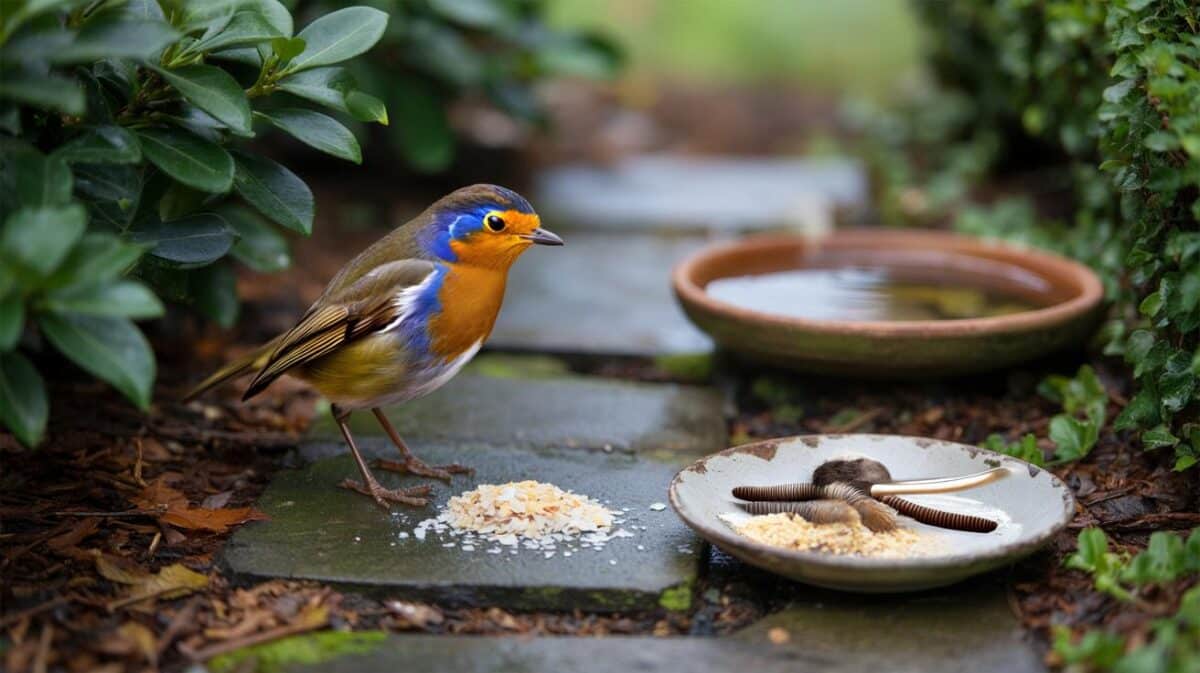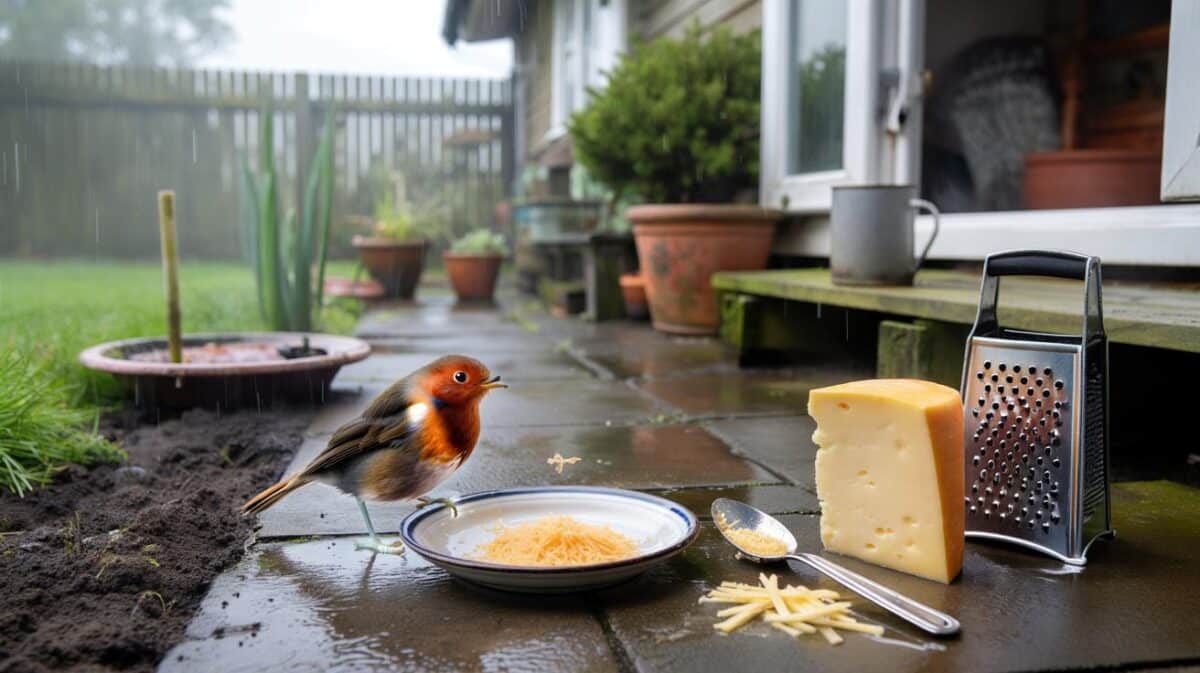Your dog’s waistline watches as closely as you should, too.
Across the country, treats pile up as routines shift to cosier evenings and shorter walks. Vets keep seeing the same pattern: stray biscuits, table scraps and well-meant rewards nudging healthy dogs into the red. Here’s how to keep the joy of rewards without the creeping kilos, using figures you can apply today.
Why treats creep up on your dog’s waistline
Silent habits that add up each day
One biscuit after the garden, a sliver of cheese during the match, a crust from a child’s plate: each seems harmless. For a 12 kg dog, a 20 g biscuit can mirror a pastry for a person, calorie for calorie relative to body size. Families share the load too, and nobody quite counts the total. Those extras become the daily norm, and the scale responds.
Frequency drives gain faster than you think. A “little” reward repeated five times a day can outstrip a single measured snack. Neutered dogs and low‑activity dogs feel the impact sooner because they burn fewer kilocalories at rest.
What’s really inside shop-bought chews
Packaging pushes taste and texture, not composition. Many sticks and bites blend fats, sugars, salt and flavourings to keep dogs keen. “Light” often means less bulk in the hand, not fewer kilocalories in the bowl. Calorie-dense chews crowd out useful nutrients and leave dogs pleading for more.
Cap treat energy at 10% of the day’s total. Shrink pieces. Count them. Adjust the main meal to match.
How to apply the 10% rule without guesswork
The simplest guardrail works: treats should provide no more than 10% of your dog’s daily energy. That limit keeps weight stable and training effective. Use rough daily energy guides, then set a treat budget you can measure.
| Dog weight | Daily energy (approx) | 10% treat cap | What that looks like |
|---|---|---|---|
| 6 kg | ≈ 380 kcal | ≈ 38 kcal | 10 g cooked chicken (≈ 16 kcal) + 6 thin carrot coins (≈ 12 kcal) |
| 12 kg | ≈ 720 kcal | ≈ 72 kcal | 2 small dog biscuits (≈ 30–35 kcal each) or 30 g cooked chicken (≈ 48 kcal) |
| 25 kg | ≈ 1,250 kcal | ≈ 125 kcal | 1 medium dental stick (≈ 60–90 kcal) + carrot coins (≈ 20 kcal) |
A quick daily plan you can stick to
- Pre‑portion: fill a small pot each morning with that day’s treat allowance; when it’s gone, it’s gone.
- Go tiny: break every treat into pea‑sized pieces; training needs frequency, not heft.
- Offset: reduce the main meal slightly on training-heavy days.
- Rotate rewards: mix food, praise, tug and sniff games to keep motivation high.
Treats that please without piling on calories
Fresh, simple foods win on crunch, scent and portion control. They carry fewer kilocalories per gram and help you keep sessions long without overshooting.
- Carrot coins: 10–20 g per day for a medium dog; crunchy, low‑calorie, useful for scatter games.
- Apple chunks (no pips): sweet, hydrating; serve a few cubes only.
- Courgette, lightly cooked and cooled: soft, easy to cut into tiny cubes.
- Cooked skinless chicken breast: high‑value, low fat; dice small to stretch further.
Avoid chocolate, grapes and raisins, onions, garlic, alcohol, xylitol‑sweetened products and fatty cured meats. These bring toxicity risks or pancreatitis hazards that far outweigh any reward.
Make rewards work harder than calories
Training, search games and timing
Food shines when it marks behaviour. Pay swiftly for a sit, a recall or calm greetings. Hide crumbs in a snuffle mat or under leaves to tax the nose and brain while keeping quantities modest. Move training into the early evening to beat the sofa‑snack window.
Switch to “event‑linked” treats. Pair them with training, grooming or nail clipping, not with TV time. Your dog learns that effort, not pleading eyes, unlocks the pot.
If your dog is already carrying extra weight
Choose lower‑calorie rewards and raise the bar on non‑food praise. Use toys, short fetch bursts and tactile rewards such as chest rubs. Ask family and neighbours to follow the plan; mixed messages quickly undo progress.
Praise, play and touch can hit the same reward centres as food. Use them first; save food for tough tasks.
Label checks that save you kilocalories
Short ingredient lists help. Name the protein source clearly and watch the fat and sugar signals that inflate kilocalories.
- Added sugars or syrups, glycerol/glycerine high on the list: expect more kilocalories.
- Crude fat well over 20%: high‑energy; reserve for working dogs or rare use.
- Sodium above 1%: unnecessary salt for most pets.
- Vague “meat and animal derivatives”: harder to judge quality and digestibility.
Seasonal traps to sidestep as autumn bites
Shorter walks mean fewer kilocalories burned. Adjust portions to match the shift. Big roast dinners and leftovers tempt generous hands; set a house rule that pet bowls take pet food only. Guests often give extras; put the day’s treat pot on the table where everyone can see it.
Fast maths: estimate your dog’s energy and set the treat budget
You can sketch a daily target with one calculation. A typical adult often sits around 70 × (body weight in kg^0.75) for resting energy, then multiplied by a factor between 1.2 and 1.6 depending on activity and neuter status. For a 12 kg, moderately active, neutered dog that lands near 700–750 kcal. The treat cap becomes 70–75 kcal. A single large chew can take most of that, so slice it into multiple sessions.
Track for a week. Weigh treats once, write the kilocalories on a sticky note, and reuse it. Most owners find 20–30% fewer treat kilocalories achieve the same training results when pieces shrink and frequency rises.
Extra gains from getting treats right
Better dosing trims risk. High‑fat snacks raise the chance of pancreatitis in sensitive dogs; measured lean rewards cut that risk. Smaller pieces reduce choking events in greedy eaters. Predictable routines calm anxious dogs because they learn when reinforcement arrives and what earns it.
Combine food puzzles with micro‑portions. A frozen lick mat spread thinly with mashed carrot and a smear of unsalted yoghurt can occupy a dog for ten minutes for fewer than 40 kilocalories. Rotate puzzles to prevent frustration while keeping the budget intact.







